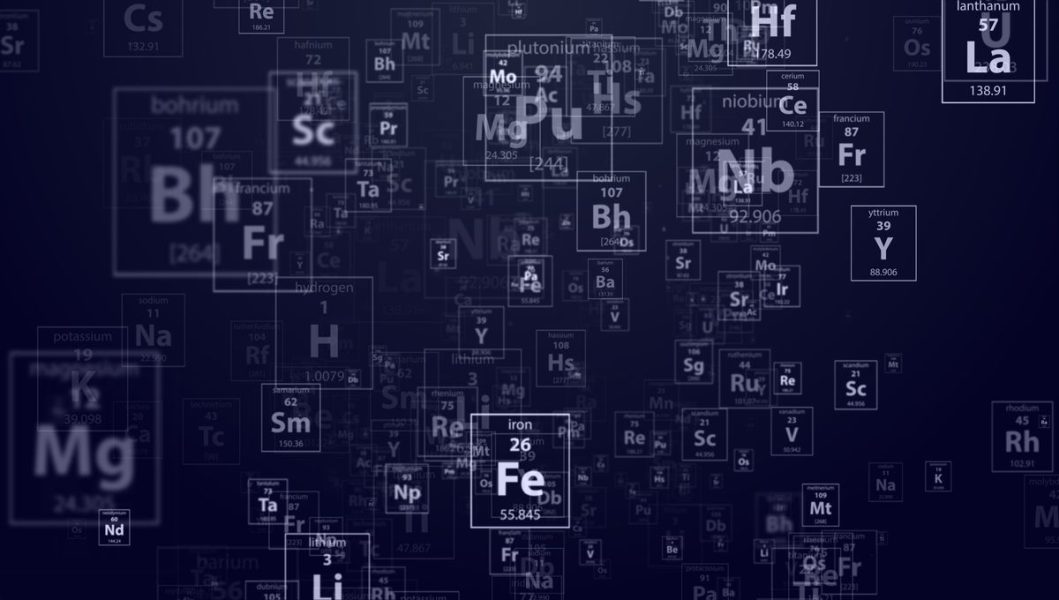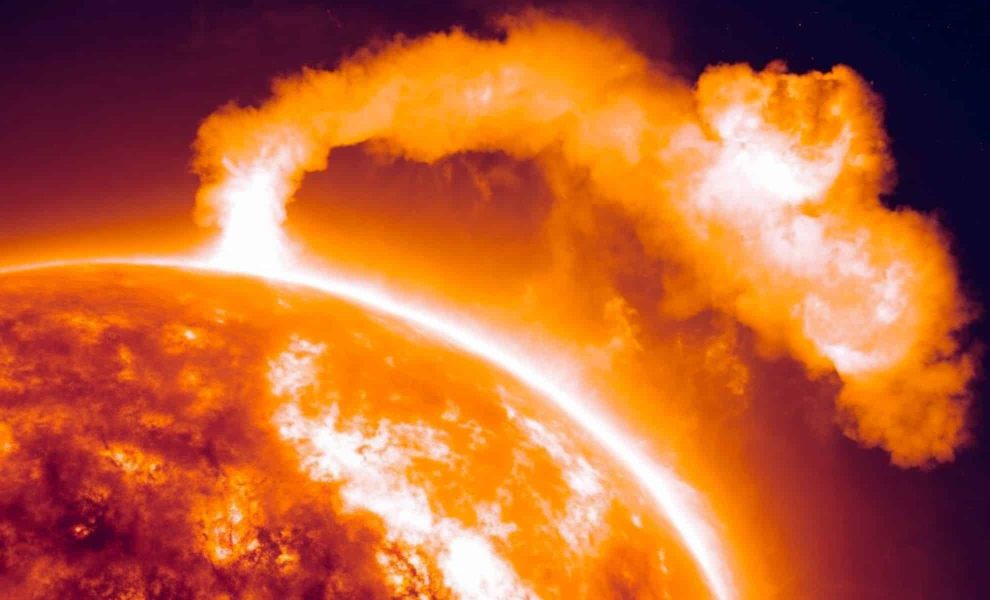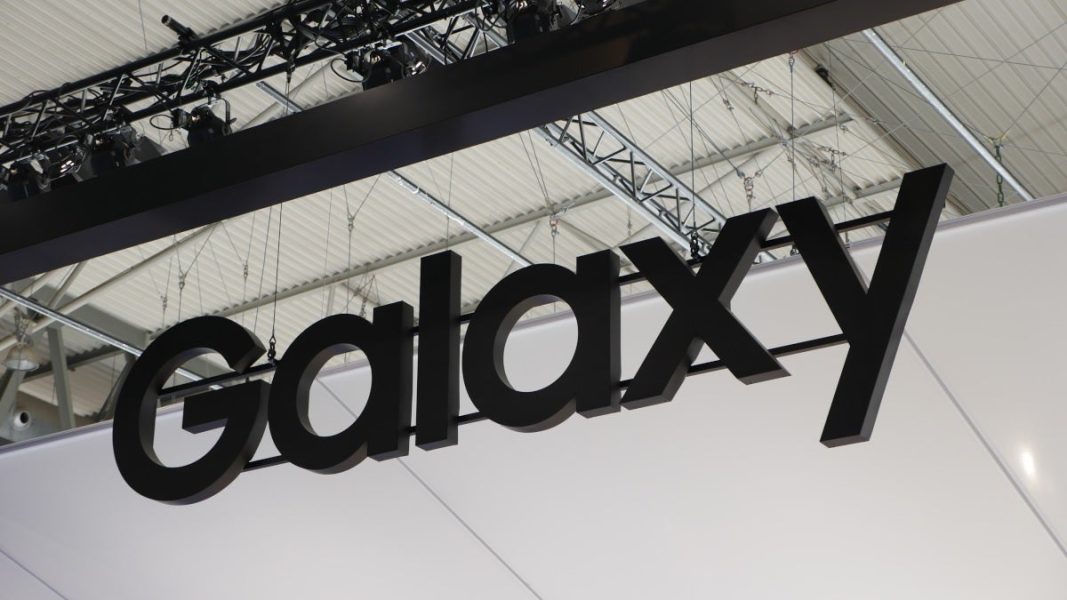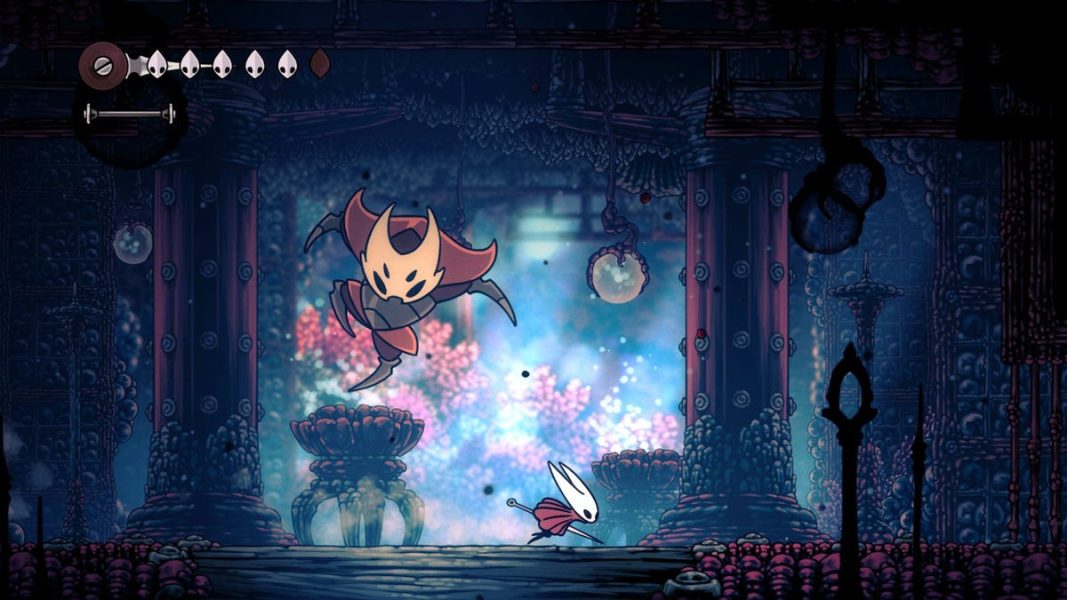Planets Align in January and February – WeatherNation
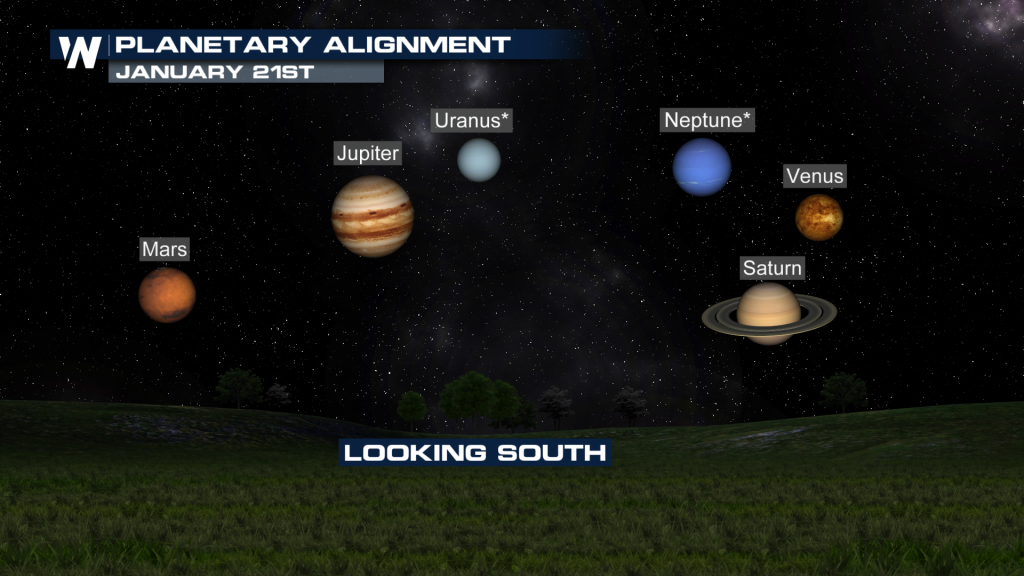
Exciting times are ahead for stargazers and astronomy enthusiasts! Two planetary alignments will happen in a span of 40 days, the first featuring six planets in January, followed by a seven planet alignment in late February. Naked eye observers can expect to see four planets during each event, but adding binoculars or a telescope will help you see the rest.Planetary alignment occurs when planets are on the same side of the sun and appear to line up in the night sky. While the planets always appear to form a line, seeing several planets visible to the naked eye doesn’t happen every year. Planets of the solar system have differing orbital periods so it can take a while for several to appear together. For example, Mercury takes 88 days to orbit the sun while Jupiter takes about 12 years. Image credit: NASA/JPL-CaltechSince the middle of the month, four of the five brightest planets in the night sky have been visible after sunset and will continue to “line up” through the end of the month. The best chance to see these four planets and the two hiding in the dark (Neptune and Uranus) will occur around the 21st and 22nd in the southern sky after sunset, looking generally to the south. Neptune can be found just above Venus and Jupiter while using a telescope or binoculars (top of page), while Uranus will be to the right of Jupiter. This alignment will occur for multiple nights, but as the planets shift, it will be more difficult to see them all in the same sector of sky.Planets align again in late February, but this time SEVEN planets will appear in the same sector or sky. Like the January alignment, four of the planets will be visible to the naked eye (Saturn, Venus, Jupiter, and Mars), while the others will require a tool to help you (binoculars or a telescope). For viewers in North America, trying to see the planets in the days leading up to the 28th will likely produce the best viewing. In order to see Saturn during this alignment, you’ll need to be ready as the sun goes down since it will be close to the sun and horizon. While Mercury can be viewed at times without an optical zoom, it will likely need it in this alignment due to its proximity to the sun.
Source: https://www.weathernationtv.com/news/planets-align-in-january-and-february

